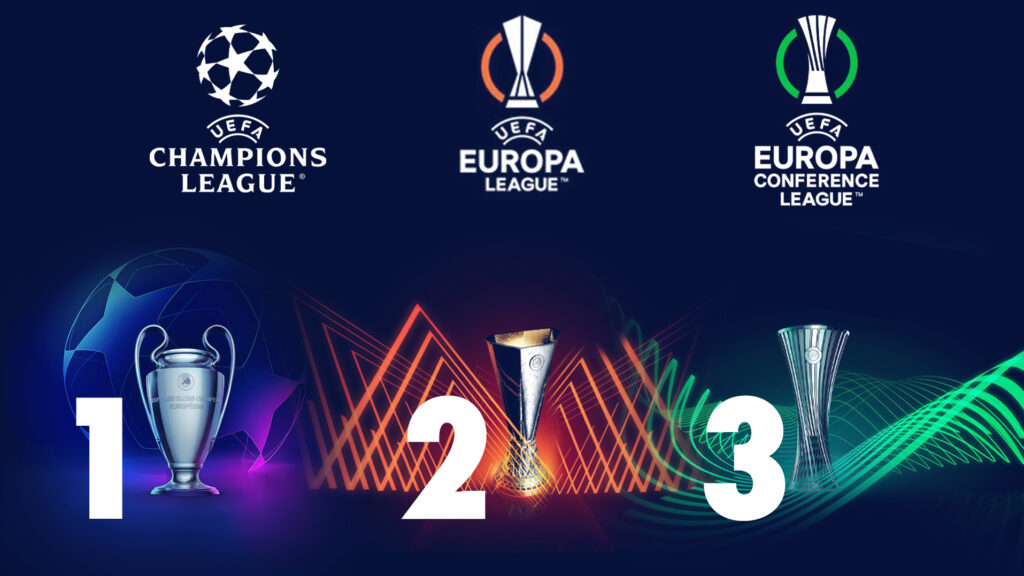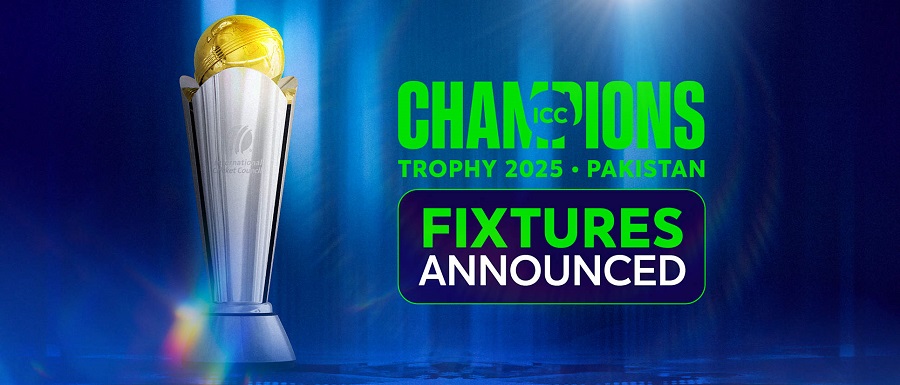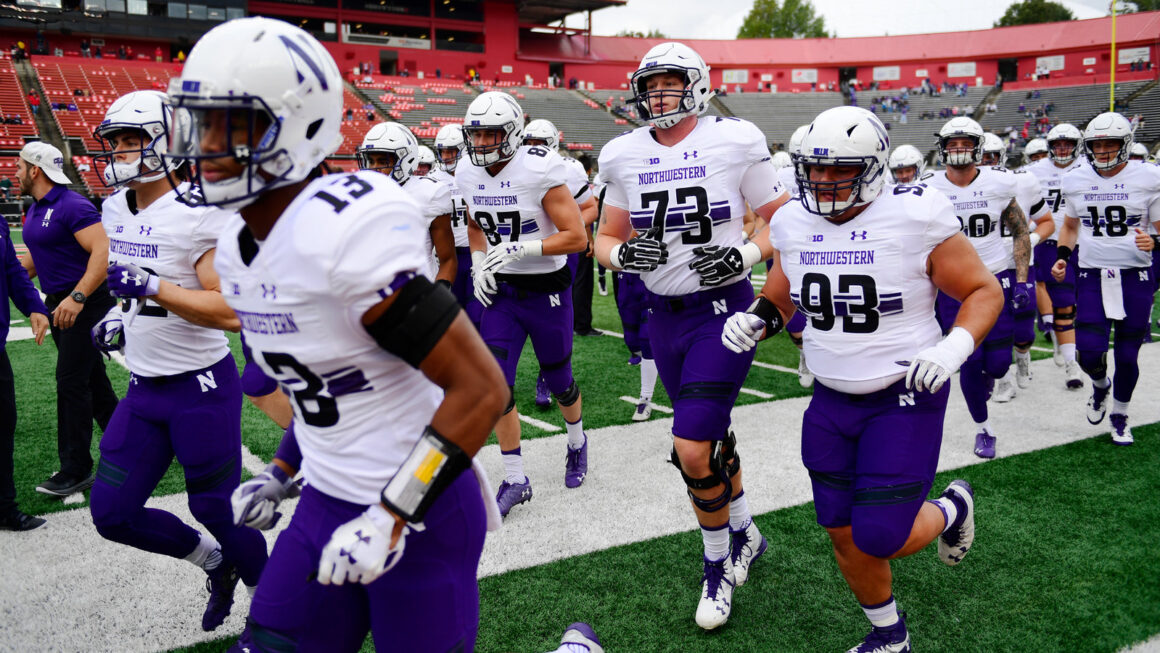The UEFA Europa Conference League is the latest European club competition, launched in the 2021-22 season to offer more teams across Europe a chance to compete at an international level. Positioned below the Champions League and Europa League, it gives clubs from smaller leagues a valuable opportunity to showcase their talents and ambitions on a larger stage. In this article, we’ll explore everything about the Europa Conference League, from its format and objectives to the significance of the competition for clubs, fans, and players worldwide.
What is the UEFA Europa Conference League?
The UEFA Europa Conference League is the third-tier competition in European football, created to make European club competitions more inclusive. Before its introduction, smaller clubs from lesser-known leagues found it challenging to qualify for major European tournaments, limiting their visibility. With this new league, UEFA aimed to bridge the gap by providing a competition level tailored to clubs that might not qualify for the Champions League or the Europa League, offering them a meaningful platform to gain international exposure.
Europa Conference League Format and Structure
The structure of the Europa Conference League follows a familiar UEFA competition format, yet it also includes unique features to accommodate a broader range of clubs from different leagues.
1. Qualification Rounds
The journey to the group stage begins with several rounds of qualification. The qualifying rounds allow clubs from all of Europe’s football associations—especially those from smaller leagues—to compete for a spot in the tournament. The qualification process consists of multiple rounds, where clubs from domestic leagues across Europe play head-to-head in home-and-away legs.
- Playoff Round: This stage precedes the group phase, and teams eliminated in the Europa League’s qualifying rounds can enter the Conference League, offering them a second chance in European competition.
2. Group Stage
The tournament’s group stage is similar to that of the Champions League and Europa League. It includes:
- 32 Teams in 8 Groups: These teams are divided into eight groups, each with four teams.
- Home and Away Matches: Each team plays the others in their group twice, competing for a top-two finish to advance to the knockout rounds.
- Standings and Points: Teams earn points, with three for a win, one for a draw, and zero for a loss, to determine their rank within the group.
3. Knockout Stage
The knockout stage introduces a more competitive phase in the tournament:
- Knockout Round Play-offs: The group stage runners-up face third-placed teams from the Europa League, creating a highly competitive entry point into the knockout rounds.
- Round of 16 to Final: Teams continue to face off in home-and-away legs, culminating in a single-match final at a predetermined location. The winner earns both the Conference League trophy and automatic qualification for the next season’s Europa League.
Objectives and Significance of the Europa Conference League
The Europa Conference League was created with specific goals in mind. It aims to give more clubs from diverse regions a platform to compete internationally, which is especially meaningful for clubs from countries that rarely make it to the latter stages of the Champions League or Europa League.
1. Increased Representation
UEFA’s new competition offers a platform for smaller leagues to participate in Europe. Countries with limited football budgets, like those from Eastern Europe, Scandinavia, and the Balkans, now have a realistic chance to compete beyond domestic borders. This exposure can lead to talent development, larger fan bases, and greater revenue from sponsorships and broadcasting.
2. Growth for Emerging Talent
Clubs participating in the Conference League often have younger players eager to prove themselves. With more exposure, these players get the chance to gain experience in high-stakes games, helping their careers and benefiting their clubs.
3. Enhanced Fan Engagement
The Europa Conference League has increased fan engagement as clubs from various nations compete on an international stage. This competition allows fans of smaller clubs to support their teams in Europe, sparking new rivalries and creating a unique blend of football culture across different nations.
Key Teams and Notable Moments in the Europa Conference League
The Europa Conference League’s inaugural season (2021-22) included several high-profile clubs and unexpected teams from smaller leagues. The first final saw AS Roma defeating Feyenoord 1-0, with José Mourinho leading Roma to the title. This win made history, not only for Roma but also for Mourinho, who became the first manager to win all three major UEFA tournaments (Champions League, Europa League, and Conference League).
Since then, teams from top European leagues that do not qualify for the Champions League or Europa League also compete, giving the tournament a good mix of established clubs and rising teams. Clubs like West Ham United, Fiorentina, and Anderlecht have also participated, bringing excitement to the competition and fans.
How Teams Benefit from the Europa Conference League
The Europa Conference League provides multiple benefits to participating clubs, which can lead to a stronger European football ecosystem.
1. Financial Rewards
For smaller clubs, the financial incentive of participating in a European competition is significant. UEFA provides prize money at each stage of the tournament, and teams can increase their earnings as they progress through the knockout rounds. For smaller clubs, these funds can support stadium upgrades, player salaries, and investments in youth academies.
2. Increased Exposure and Prestige
Playing in a European competition elevates a club’s visibility, helping it attract better sponsorship deals, fans, and talent. Exposure to a global audience enhances the club’s profile, making it a more attractive destination for future players and even new ownership opportunities.
3. Pathway to Higher Competitions
Winning the Europa Conference League provides automatic qualification for the next season’s Europa League, offering clubs a pathway to higher competition. This incentive encourages clubs to give their best, knowing a place in the Europa League is on the line.
Memorable Players and Standout Performers
The Europa Conference League has already seen several standout performances. Players like Tammy Abraham (AS Roma), Michail Antonio (West Ham), and Dejan Kulusevski (Tottenham Hotspur) have made impressive showings, highlighting the talent competing in the tournament. These performances often catch the eye of bigger clubs, turning the Conference League into a scouting ground for emerging players who may advance to even larger clubs or national teams.
Future of the Europa Conference League
The UEFA Europa Conference League has gained popularity for its inclusiveness and has quickly become a staple of European football. Its success indicates that it will likely continue to grow in prestige, giving more clubs from smaller leagues a lasting foothold in European competitions. As UEFA continues to expand European club football, this competition plays a critical role in fostering a more balanced football ecosystem where clubs of all sizes can achieve European success.
Future seasons will see the competition evolving, with more clubs entering, fresh talent emerging, and new stories unfolding. With its unique mix of underdog spirit and high-stakes competition, the Conference League promises to be an exciting tournament that fans worldwide will follow closely.

Conclusion
The Europa Conference League has already made a significant impact on European football by providing an inclusive competition for clubs from diverse regions. From fierce group-stage battles to thrilling knockout rounds, the tournament offers fans and players a new way to experience European football. Whether you’re a fan of an established club or cheering for a rising underdog, the Europa Conference League is a thrilling addition to the football calendar, promising unforgettable moments each season.












